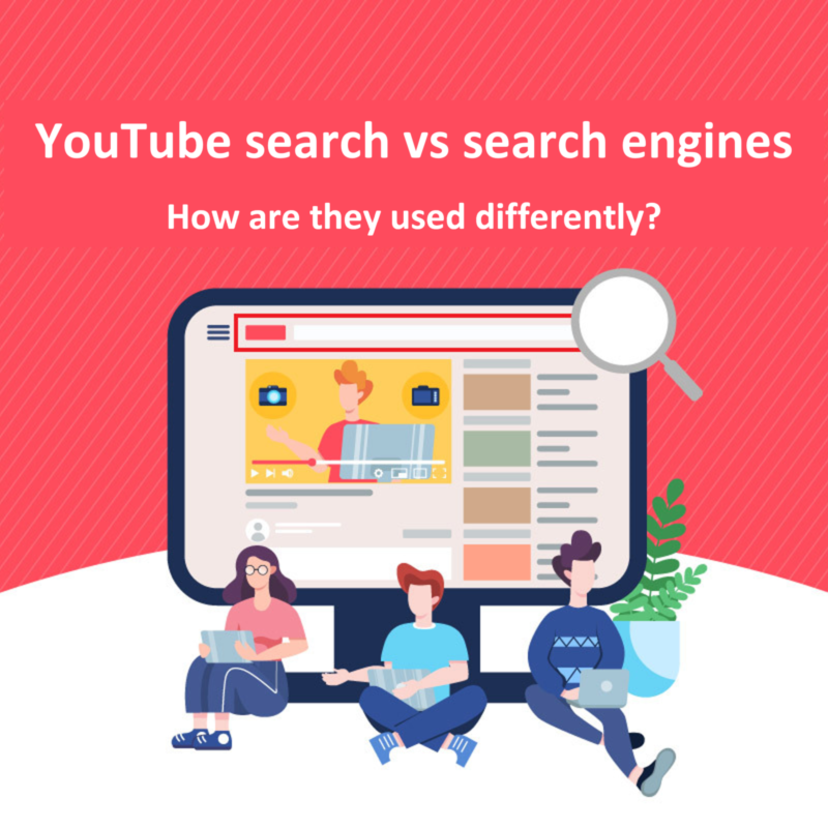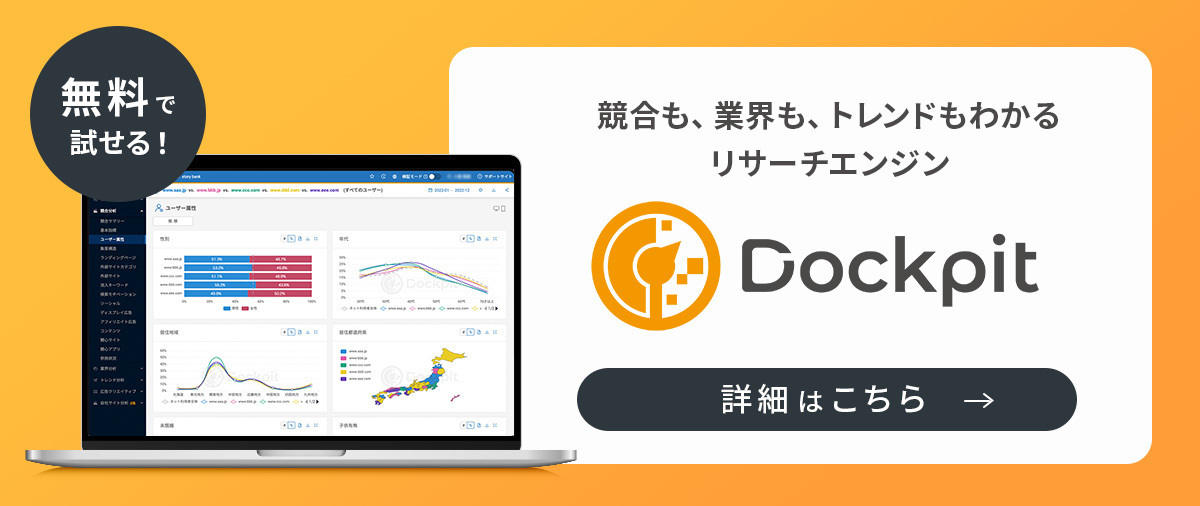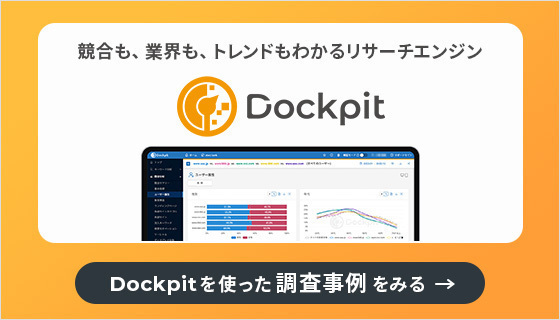Information gathering through non-search engine media, such as social media searches, is becoming popular
Have you ever gathered information using the search function on non-search engine media, such as social media?
As exemplified by the new word "tagging," people's search behavior goes beyond search engines and extended to social media platforms.
Understanding the kinds of information sought in each search scenario and understanding how each platform are important for the efficient sharing of information. In this research, we explore how YouTube search is used by comparing it with search engines and understanding the videos viewed, using searched for "car" searchers as the theme.
"Background music" and "anime" are frequently searched on YouTube
The following screenshot shows the top 10 most searched words on YouTube and search engines in March 2023.

*Search engine figures are inserted from the Dockpit trend analysis function
Analyzed target subjects: Japanese consumer panel owned by VALUES, Inc.
"WBC" is listed as a top search keyword for both YouTube and search engines because the WBC, or World Baseball Classic, was held in March, but looking at other KWDs (keyword densities), it seems that there are many YouTube searches for "background music,” "anime," and other words unique to the video platform that are highlighted in red. Are people looking for background music to listen to for relaxation or study, or about their anime hobbies?
Since writers also often search for background music on YouTube to listen to while working, this is a relatable behavior.
Tendency to seek how-to information such as car care on YouTube and reliable information on search engines
So, how do the keyword combinations differ for YouTube and search engines? We will focus on searches for "car," a keyword that may rank outside the top 10 searches for both YouTube search and search engines, but is relatively highly-searched and check the trends over the past year.

*Search engine figures were inserted from the Dockpit keyword analysis function
Analyzed target subjects: Japanese consumer panel owned by VALUES, Inc.
For search engines, keywords such as "insurance" and "name change," that can be adequately explained in text alone, rank high. On the other hand, YouTube searches are characterized by a large number of how-to keywords related to car care, such as "limescale removal," "scratch removal," and "paint," that are best conveyed through video rather than text alone.
So which videos and what YouTube channels are being viewed as a result of these searches? Examples of inflow videos from the top-ranking keywords are listed below.

Summarized and translated by VALUES, Inc.
Analyzed target subjects: Japanese consumer panel owned by VALUES, Inc.
While there are practical videos, such as those showing how to conduct headlight flashing, and a collection of past commercials for car enthusiasts, many car care videos on how to polish parts and wash a car are ranked high in the list. It seems that users enjoy cars as a hobby or recreation.
Is there a strong preference for videos shared by car lovers introducing specific methods? It is easy to imagine that it is easier to understand car-washing methods, for example, when they are presented in a video rather than when information is provided in text from a search engine.
Even if you look at the thumbnails of some videos, you can recognize that due to being posted by general, everyday users, the contents are presented in a familiar, friendly way.
Summary
The aim of this research was to study the difference between the way search engines and YouTube searches are used. We compared searches in regular search engines and searches within YouTube, and analyzed the keyword combinations with "car" on each platform.
Based on the differences in the top keyword combinations of "car," the results suggest that YouTube searches are used for entertainment-oriented content that is suitable for visual communication, while search engines are used to gather reliable information that is suitable for written communication.
Regarding content shared on YouTube, there may be a demand for visual information, for information such as car care methods, that help deepen understanding.
We hope that this article will help you understand the different ways that YouTube search and search engines are used.
About Dockpit
▼Data from Dockpit was used in this case study. Dockpit is an online behavior analytics tool provided by VALUES, Inc., and it allows you to access online behavioral data (updated monthly) via your browser so you can research competitor websites and investigate trends. There is a FREE version of Dockpit, so if you are interested in using it, please register below.
※日本語での記事はこちらをご確認ください

検索エンジンと検索エンジン以外の媒体における検索で、検索内容や求める情報は異なるのでしょうか? 本稿では「車」検索者を題材に、検索エンジンとの比較や閲覧動画把握から、YouTube検索の使われ方を探っていきたいと思います。























Born and raised in the Bay Area, U.S.A, I was fascinated by the different social and purchasing behaviors between Japanese and American consumers. I studied communication for undergrad and international marketing for my graduate studies. My professional background is in bilingual recruitment and Japanese-English translation.